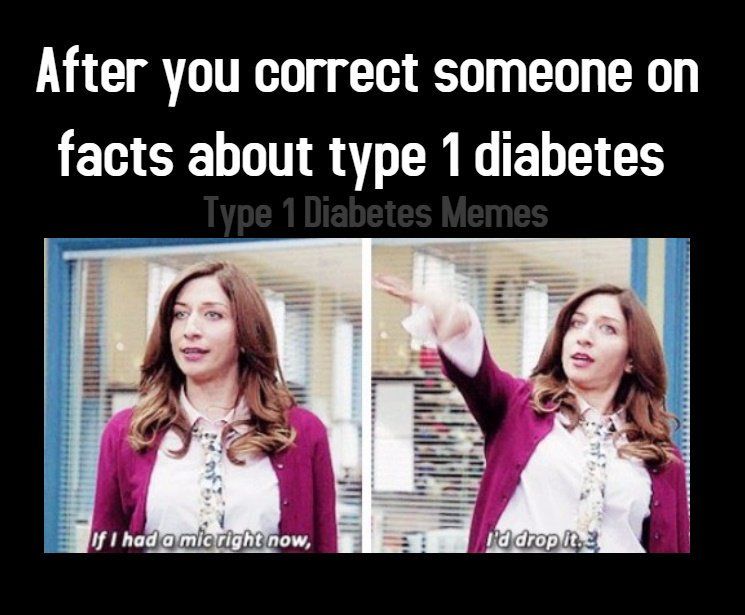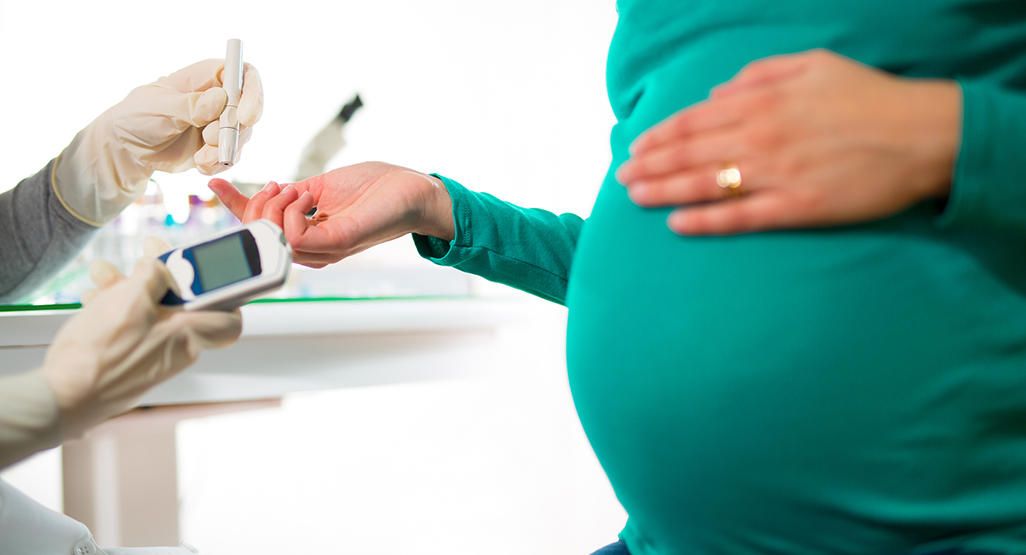Decoding types of diabetes
Disclaimer: No content on this blog should ever be used as a substitute for direct medical advice from your doctor or a qualified clinician.
Types of diabetes explained by Dr V Mohan
It’s been an amazing National Diabetes Awareness Month (NDAM). Lots of learning and inspiration has been shared by so many wonderful people in this community.
Many myths dispelled, many doubts cleared, many new things learnt.
While the Awareness Month ended, the efforts to raise awareness should not. So, let’s talk about different types of diabetes. While the type 1 vs type 2 discussion has been around forever, did you know there are many more types of diabetes? Let’s look!
1. Type 1 diabetes
Type 1 diabetes was earlier known as juvenile diabetes because it occured in children or young adults. It is caused due the inability to produce insulin because the immune system attacks and destroys the beta cells. Such diabetics are insulin dependent for the rest of their lives (well, atleast till a cure is found!) Type 1 diabetes is slowly beginning to be understood by people around the world, but so far, it’s been hugely unknown. About 5 % of the people who live with diabetes are known to have type 1 diabetes.
Causes: It is an auto immune disease caused when the body attacks its own immune system. Some studies also say it could be caused due to environmental factors.
Symptoms
- Increased thirst and urination
- Increased hunger
- Fatigue
- Blurred vision
- Numbness or tingling in the feet or hands
- Sores that do not heal
- Unexplained weight loss
Treatment: The only known treatment for type 1 diabetes is insulin administration

2. Type 2 diabetes
Type 2 diabetes is the most common type of diabetes known. As per a WHO report in 2015, over 400 million live with type 2 diabetes worldwide. Unlike type 1, type 2 diabetes is a lifestyle disorder which could be caused due to lack of an active lifestyle or genetic reasons. Type 2 diabetics produce insulin; however, their body is unable to absorb the insulin produced. In other words, type 2 diabetics are insulin resistant.
Causes: Type 2 occurs due to genetic reasons however its strongly linked to a poor lifestyle as well.
Symptoms:
-Frequent feeling of tiredness
-Skin infections
-Increased thirst
-Frequent feeling of hunger
-Frequent urination
-Slow healing of cuts
-Feeling dizzy
-Headaches
-Leg cramps
Treatment: Type 2 diabetes is usually managed with oral medication and healthy lifestyle choices . Sometimes insulin maybe needed too.

3. LADA
LADA or Latent Autoimmune Diabetes of Adulthood affects 10-25% of the people affected with diabetes. LADA and type 1 diabetes are similar except that LADA progresses very slowly, over the years. LADA is often misdiagnosed as type 2 diabetes, especially amongst young adults. It's important that a c-peptide test is done to establish if a person has type 1 diabetes or LADA.
LADA is referred to as type 1.5 diabetes too.
Causes: Much like type 1 diabetes, LADA is also an autoimmune disease but since it slowly progresses the person might not need insulin for months or years after diagnosis.
Symptoms:
-A hard to quench thirst
-Needing to frequently urinate
-Blurred vision
-Tingling nerve
-Feeling tired all the time or regularly tired after meals
-Foggy headedness
-Experiencing hunger soon after meals
Treatment: The treatment for LADA is insulin administration on the doctor's judgement.
4. MODY
MODY or Mature Onset of Diabetes of the Young is a very rare type of diabetes which is caused by mutation in the genes. A child may have MODY if one of the parents carries this gene and the child may develop MODY before the age of 25. Only 1-2% of people with diabetes have MODY. It can also be diagnosed by a genetic test.
Causes: MODY is a genetic form of diabetes and thus if you have a family member with MODY, you are at a higher risk of developing it. If you have a parent with MODY, there's a 50% chance that you may develop it.
Symptoms:
- Frequent urination
- Increased thirst
-Weight loss
Treatment: Depending upon the type of MODY, the treatment varies vastly. Oral drugs work well for MODY 1, 3 and 4. MODY 1 and 3 require insulin eventually. MODY 2 rarely requires drug or insulin therapy and can usually be managed by exercise and diet alone. MODY 5 may require several different treatments because it causes other problems in addition to diabetes.
5. Gestational diabetes
As the name suggests, pregnant women are at risk of developing gestational diabetes. Even though it can occur at any stage during the pregnancy, it usually occurs during the second or third trimester. Gestational diabetes normally goes away with the end of pregnancy however a woman who has had it is at a higher risk of developing type 2 diabetes later in life.
Causes: There are no known causes for gestational diabetes however few women are a greater risk of developing it. Be careful if :
-your body mass index (BMI) is above 30
-you previously had a baby weighing 4.5kg or more at birth
-you had gestational diabetes in a previous pregnancy
-1 of your parents or siblings has diabetes
-you are of south Asian, Black, African-Caribbean or Middle Eastern origin
Symptoms: Usually there are no symptoms and it is identified after a simple glucose test.
Treatment: The treatment for gestational diabetes is close monitoring of BG and dietary modifications.

6.Neonatal Diabetes
This is a very rare form of diabetes found in 1 in 4 lakh infants.
It can be mistaken for type 1 diabetes however neonatal diabetes is usually found in infants from birth to 6 months. This is of two types :
Transient Neonatal Diabetes Mellitus : Transient neonatal diabetes is so called because it usually disappears within a year of birth but can reappear typically during adolescence.
Permanent Neonatal Diabetes Mellitus : Permanent neonatal diabetes, once diagnosed in infancy, stays for the rest of the life.
Causes: Neonatal DM is caused by a single mutation in an increasing number of identified genes. These genes have important roles in the normal development and function of pancreatic beta cells including insulin production and secretion.
Symptoms: Persistent thirst, frequent urination and dehydration.
Treatment: Neonatal diabetes will usually either be treated with oral drugs or insulin. This treatment may not be required as the child grows up depending on which type of diabetes it is.
7. Type 3 diabetes
We’ve all heard about type 1 and type 2, but studies suggest there’s a type 3 too.
Alzheimer’s is also called type 3 diabetes.
This is because it is triggered by a type of insulin resistance and insulin-like growth factor dysfunction that occurs in the brain. The classification of type 3 diabetes is highly controversial and it’s not widely accepted by the medical community as a clinical diagnosis.
Causes: There is an established link between type 2 diabetes and Alzheimer’s. Thus, everybody with type 2 or T2 risk factors (like family history, high BP, obesity etc) is at a risk of developing Alzheimer’s.
Symptoms:
-Memory loss that affects daily living and social interactions
-Difficulty completing familiar tasks
-Misplacing things often
Treatment: Lifestyle changes, such as making changes to your diet and including exercise in your daily routine, may be a big part of your treatment. If you have both type 2 diabetes and Alzheimer’s, treatment for your type 2 diabetes is important to help slow the progression of dementia.
8.Cystic Fibrosis related diabetes
Cystic fibrosis-related diabetes (CFRD) shares some features with both T1 and T2.
Causes : People with CF, the thick, sticky mucus that is characteristic of the disease causes scarring of the pancreas which prevents the pancreas from producing normal amounts of insulin. They are insulin deficient. Their pancreas still makes some insulin, but not enough to stay healthy.
Symptoms: People with CFRD may not experience any symptoms. Some diabetes symptoms are similar to other CF symptoms.
Treatment: Insulin administration helps manage CFRD well. People with CF need to eat a high calorie diet to make sure that the nutritional requirements are met.
Here's a video explaining the different types of diabetes
SUPPORT BLUE CIRCLE DIABETES FOUNDATION
We need your help and support to continue to grow, expand and touch the lives of countless people in the diabetes community. Every little bit helps us in sustaining this endeavour. Our NGO is registered under Section 80G of the Income Tax Act, India.
Click here to donate

